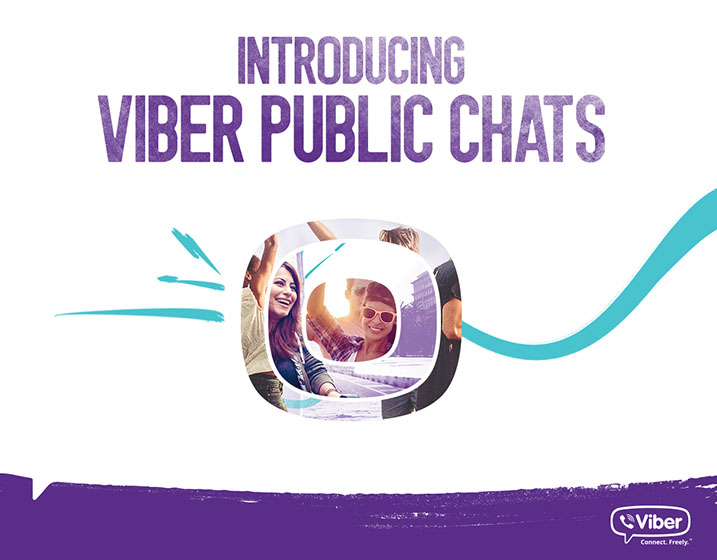e-News® | The NEWS Company…DHAKA, August 02, 2015 : THE LIGHTWEIGHT, CARBON-FIBER DRONES CAN PROVIDE COVERAGE TO A RADIUS OF 50 MILES. Facebook has built the first full-scale version of its connectivity drone today, a V-shaped high-altitude device meant to connect people in underserved areas. Its eventual fleet of drones will be part of the company’s plan to bring Internet service to billions of people around the world.
Known as Aquila, which was an eagle that carried Zeus’s thunderbolts in Greek mythology, the new drone is ready for its first real-world tests, Facebook said. “If you think of your little quadcopters, this is not what we’re building,” said Facebook vice president of engineering Jay Parikh. “Aquila [has a] wingspan that’s equivalent to a Boeing 737.”
For a year, Facebook has been promoting its connectivity project, Internet.org, and its app of the same name. The company has been teaming with mobile carriers in underserved countries around the world to bring free Internet service to millions of people.
The drone project, which will beam connectivity directly to people on the ground, is a future step in this initiative. It’s aimed at the bulk of what it believes is 10% of the world’s population that has no current access at all to Internet because of geographical, physical, or even political reasons.
The solar-powered Aquila, which weighs about 880 pounds, is expected to soar at altitudes of between 60,000 to 90,000 feet for up to 90 days, said Parikh. Multiple Aquilas would connect to each other using a laser system called free-space optics. That allows for coverage across broad areas, with each drone able to cover a radius of about 50 miles. An Aquila is built using a carbon-fiber shell wrapped around a foam core. The communications payload will live in the drone’s belly. Parikh noted that Facebook doesn’t plan on operating the drones itself. Rather, it is likely to work with telecommunications companies, or even national governments, to implement them.
According to Yael Maguire, who oversees Facebook’s Connectivity Lab, the current state of the art for laser connectivity is between 1 and 2 gigabits per second. But thanks to insights from the company’s data centers, Facebook said it has reached a milestone of laser-based connectivity of at least 10 gigabits per second. “This is an incredible milestone,” Maguire said, that’s “about ten times the state of the art.”
He added that the network of Aquilas “starts to look like sort of a backbone of Internet using lasers in the sky. That’s the dream we have.” Facebook, of course, is not alone in its plans to beam Internet service from the sky. Google has trumpeted Project Loon, its effort to bring connectivity to people via high-altitude balloons.
Parikh said Facebook’s plan is to begin testing within a couple of months, most likely somewhere in the United States. The drones will be lifted up to about 70,000 feet by a balloon. At that point, an Aquila would find its horizontal plane, and then its tether to the balloon will be cut, sending the drone into its flight pattern.
The idea is that during the day, when its batteries are charging, it will fly at around 90,000 feet. At night, when the batteries are draining, it will drift down to around 60,000 feet. That pattern will be repeated again and again in 24-hour cycles. Eventually, the drones will land, much like gliders.












































